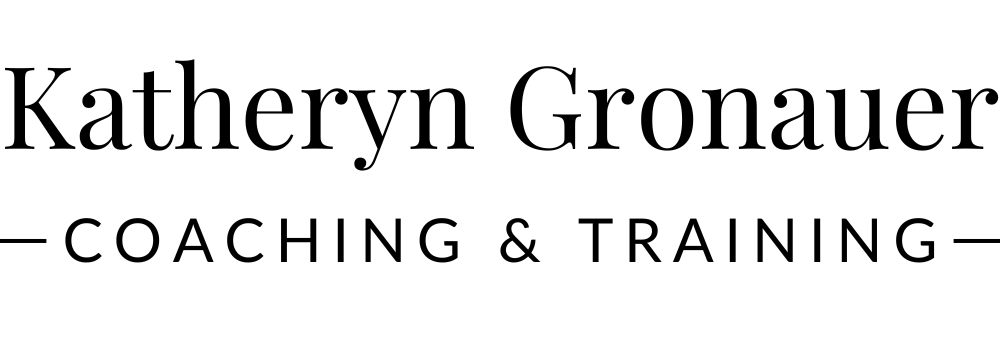Case Study: Cory’s team is moving way too slowly
Cory has been leading a team for about 8 months and is frustrated that his project goals haven't been moving faster. He feels way behind and like the promises he’s made to his own managers are not going to be realized.
He complains that no one in his team is motivated for this change and that they need hand-holding.
How can he get his team to move faster?
Coaching Goal #1: Paint a picture of what the situation feels like for Cory
There are a multitude of reasons why people move at different paces; uncovering how this is impacting Cory can lead to some clues on how he can better approach the situation.
The question I asked in this situation is this:
“Let’s say you’re driving a car. How fast are you driving? How fast is your team driving?”
Here’s what he said:
“I feel like I’m going 200km per hour on the German Autobahn (highway) in a Porsche. My team members are going 50km per hour in a regular car on a regular street with lots of traffic lights.”
There are so many interesting things about his response! Here’s what we know:
The speeds are vastly different: 200km vs 50km per hour
They’re driving different kinds of cars: one designed for speed and the other designed simply for transportation
They’re not even on the same road
One road - the team member’s - has obstacles
Anything else you can derive from this image? I’m sure there are, but this is what we came up with initially.
Coaching Goal #2: Find the Gaps
We used a metaphor to figure out how fast Cory is going vs his team members, but we have other metaphors that came up that need to be reverse-engineered into what he’s really experiencing.
For example, the car types could represent the amount of knowledge or competency that Cory has vs his team members. Perhaps they don’t have the knowledge or tools they need to go faster. The “cars” they’re driving may not even have that ability to go 200km, so how can he expect them to keep up?
Also, they’re not even on the same road. This could mean that they don’t have the luxury of hitting the gas pedal in the way that Cory does.
And what about these traffic lights? What do they represent? Perhaps the team is hitting obstacles such as needing to receive input from other teams before moving forward, or gaining approval from experts before steps can be implemented.
Coaching Goal #3: Establish a game plan
What should the speed limit be?
What traffic lights are in the team’s way that can be reduced or removed?
What does the team need in terms of knowledge to upgrade the vehicle they’re driving?
Coaching Goal #4: Figure out what Cory needs to change about his own approach
Cory decided that the speed limit should be 100km. That doesn’t just mean that his team members need to go faster…it also means that Cory needs to go slower!
Could you imagine struggling to go faster than 50km and having a manager who is at 200km? That must feel stressful for the team members. But being pressed to go 100km and knowing that you will have tools to help make that possible can reduce the overwhelm.
In Cory’s case, this means looking into setting more realistic deadlines and not overpromising, while simultaneously cultivating his team to be capable of more.


